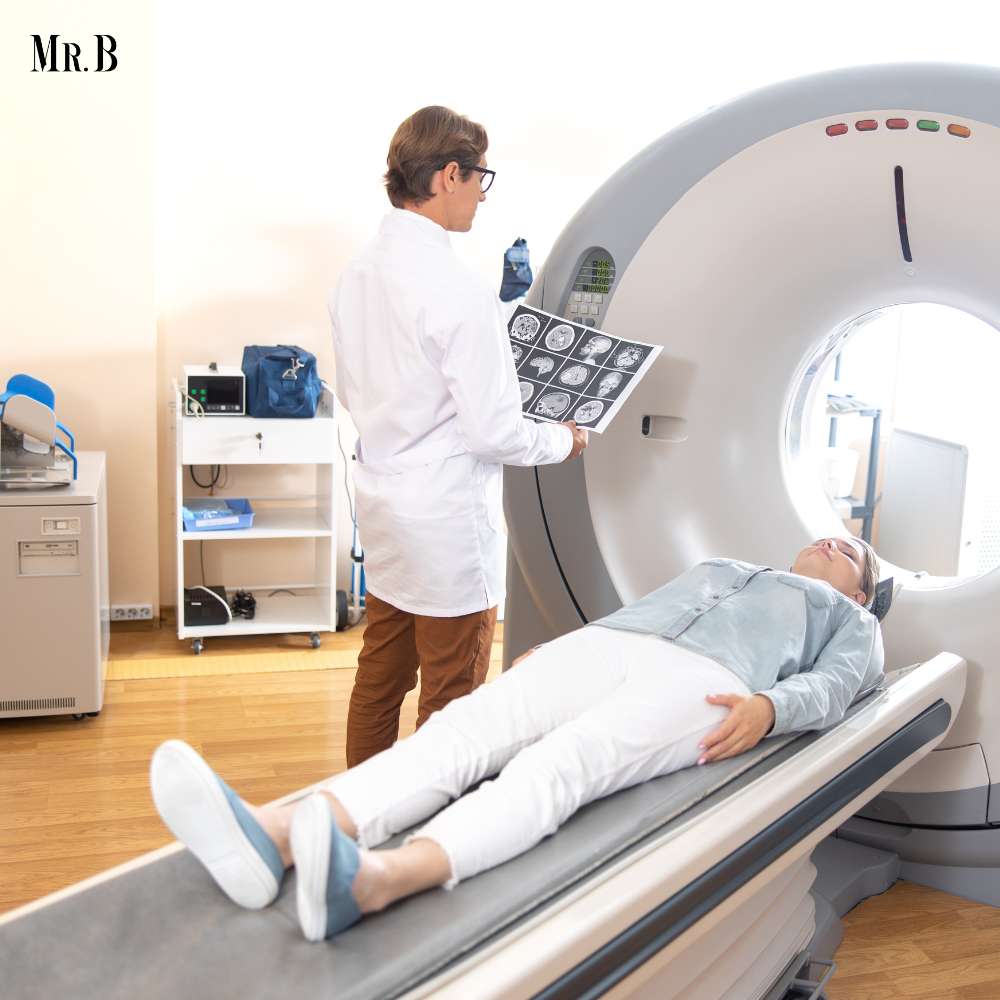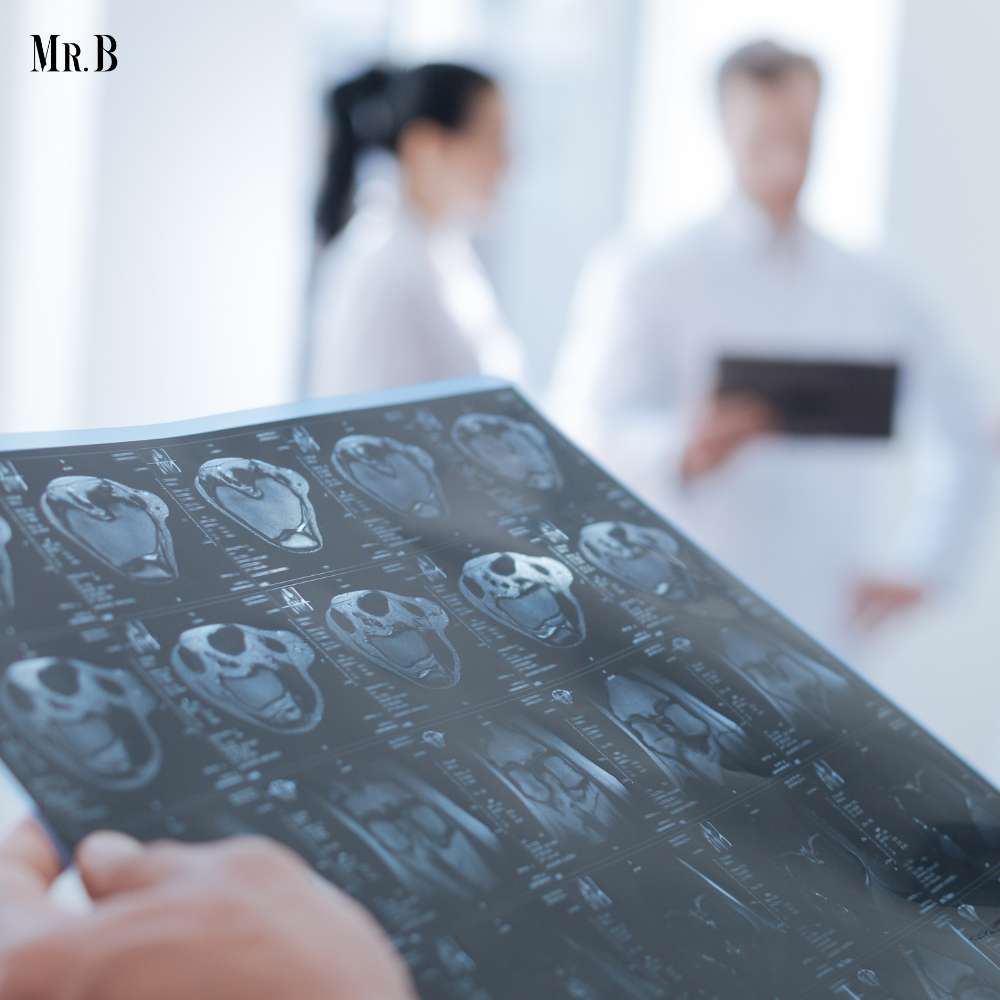A radiologic technologist plays an important role in medical labs. A person with people skills, love for technology, and aspires for a medical career, can become a radiologist. A radiologic technologist specializes in performing diagnostic imaging procedures on patients. Various technologies like X-rays, Magnetic Resonance Imaging (MRI) are used by them in order to diagnose the exact issue with the patient. They are also known as rad techs. The skills are acquired via a two-year or four-year program. They work closely with radiologists to capture images of patients and decide the suitability of those images for diagnostic purposes.
According to information, 73 percent of radiologic technologists have an associate’s degree while 17 percent hold a bachelor’s degree. Only 11 percent of technologists have a graduate degree. As compared to other professions that require just two years of school, a radiologic technologist can make a good living. The U.S. Bureau of Labor Statistics (BLS) shows the median hourly wage as $31.97. The annual salary becomes $66, 490.
Process to Becoming a Radiologic Technologist:
Becoming a radiologic technologist requires a combination of education, training, and certification. Here’s a step-by-step guide to help you navigate this path:
1. Educational Prerequisites:
Start by earning a high school diploma or GED. Ensure you have a strong foundation in science and mathematics, as these subjects are relevant to the profession.
2. Obtain a Degree:
Most radiologic technologists hold an associate degree in radiologic technology. Look for accredited programs that offer comprehensive coursework in anatomy, physiology, patient care, radiation physics, and radiographic procedures.
3. Clinical Training:
Practical experience is a significant part of the educational journey. You’ll spend time in clinical settings, where you’ll learn to operate radiologic equipment and interact with patients under the guidance of experienced technologists.

4. Licensing and Certification:
After completing your education, you must become licensed or certified, depending on the requirements in your state. This typically involves passing a national certification exam from organizations like the American Registry of Radiologic Technologists (ARRT).
5. Continuing Education:
To maintain your certification, you’ll need to engage in continuing education to stay current with the latest advancements in radiologic technology and healthcare practices.
Roles and Responsibilities:
They fulfill a range of essential roles and responsibilities within healthcare settings:
1. Patient Care:
These technologists are responsible for ensuring the well-being and comfort of patients during imaging procedures. They explain the process, answer questions, and prepare patients for examinations.
2. Equipment Operation:
Proficiency in operating radiologic equipment is a core responsibility. They must position patients correctly and adjust equipment settings to obtain high-quality images while minimizing radiation exposure.
3. Radiation Safety:
Maintaining safety standards is paramount. These technologists use lead shields and other protective measures to safeguard patients, themselves, and coworkers from unnecessary radiation exposure.
4. Image Production and Quality:
They are responsible for producing clear and accurate diagnostic images. This requires precise positioning, adjusting technical parameters, and using the appropriate imaging protocols.
5. Record Keeping:
Radiologic technologists maintain detailed patient records, including medical histories, examination results, and other relevant data. Accurate record-keeping is crucial for patient care and legal compliance.
6. Team Collaboration:
Collaboration with radiologists, physicians, and other healthcare professionals is essential. Radiologic technologists often work as part of a healthcare team, sharing information and collaborating on patient diagnosis and treatment plans.
7. Equipment Maintenance:
Routine equipment maintenance and quality control checks are performed to ensure that imaging equipment functions properly and meets safety and regulatory standards.

8. Patient Communication:
Effective communication is vital. Radiologic technologists need to explain procedures to patients, address concerns, and provide emotional support during examinations.
9. Adherence to Ethical and Professional Standards:
They must adhere to a strict code of ethics and maintain a high level of professionalism in all interactions with patients and colleagues.
Importance:
Radiologic technologists hold a crucial role in healthcare for several reasons:
1. Early Disease Detection:
They play a pivotal role in early disease detection and diagnosis, helping physicians make informed decisions about patient care and treatment.
2. Patient Care:
They directly interact with patients, providing comfort and reassurance during often stressful medical procedures.
3. Radiation Safety:
Their expertise in radiation safety ensures that patients receive necessary imaging with minimal radiation exposure.
4. Contribution to Medical Advances:
Radiologic technologists are at the forefront of advancements in imaging technology, supporting medical research and development.
5. Critical Team Members:
They are integral members of healthcare teams, working alongside physicians, nurses, and other professionals to deliver comprehensive patient care.
6. Career Growth and Job Security:
The demand for these technologists continues to grow as the healthcare field expands, offering stable job opportunities and career advancement.
Consider these additional aspects and benefits:
1. Specialization Opportunities:
Within radiologic technology, there are various specialized areas to explore, such as computed tomography (CT), magnetic resonance imaging (MRI), mammography, and interventional radiography. Specialization allows you to focus on a particular aspect of medical imaging that aligns with your interests and career goals.
2. Continuous Learning:
Radiologic technologists are lifelong learners. As technology and medical practices advance, you’ll have the opportunity to expand your knowledge through continuing education and professional development courses. Staying current with the latest trends and technologies keeps your skills in demand.
3. Job Flexibility:
They can find employment in a variety of healthcare settings, including hospitals, clinics, imaging centers, and private practices. This flexibility allows you to choose an environment that suits your preferences and work-life balance.
4. Job Security:
The healthcare industry has consistently shown a demand for radiologic technologists. With an aging population and an increasing emphasis on preventive healthcare, the need for medical imaging is expected to continue to grow.

5. Personal Fulfillment:
Knowing that you contribute to the well-being and health of patients can be incredibly rewarding. Radiologic technologists often form meaningful connections with patients, providing them with comfort and guidance during their medical imaging experiences.
6. Career Advancement:
Experienced technologists can pursue opportunities for career advancement. With additional education and certification, you can explore roles in radiology management, education, or research.
7. Competitive Compensation:
They typically enjoy competitive salaries and benefits. The demand for their specialized skills often translates to attractive compensation packages.
8. Contributing to Healthcare Innovation:
Being such a technologist, you’ll be part of a field that plays a critical role in the development of cutting-edge diagnostic and treatment technologies. Your work helps drive medical progress and innovation.
Conclusion
Becoming a radiologic technologist is a rewarding journey that requires a commitment to education, practical training, and ongoing professional development. These technologists are instrumental in the healthcare system, playing a pivotal role in diagnosing and treating various medical conditions. Their dedication to patient care, adherence to safety standards, and contribution to medical advances make them indispensable members of the healthcare team. An aspiring radiologic technologist can be confident that their chosen profession holds significant importance and offers a fulfilling career in the field of healthcare.







